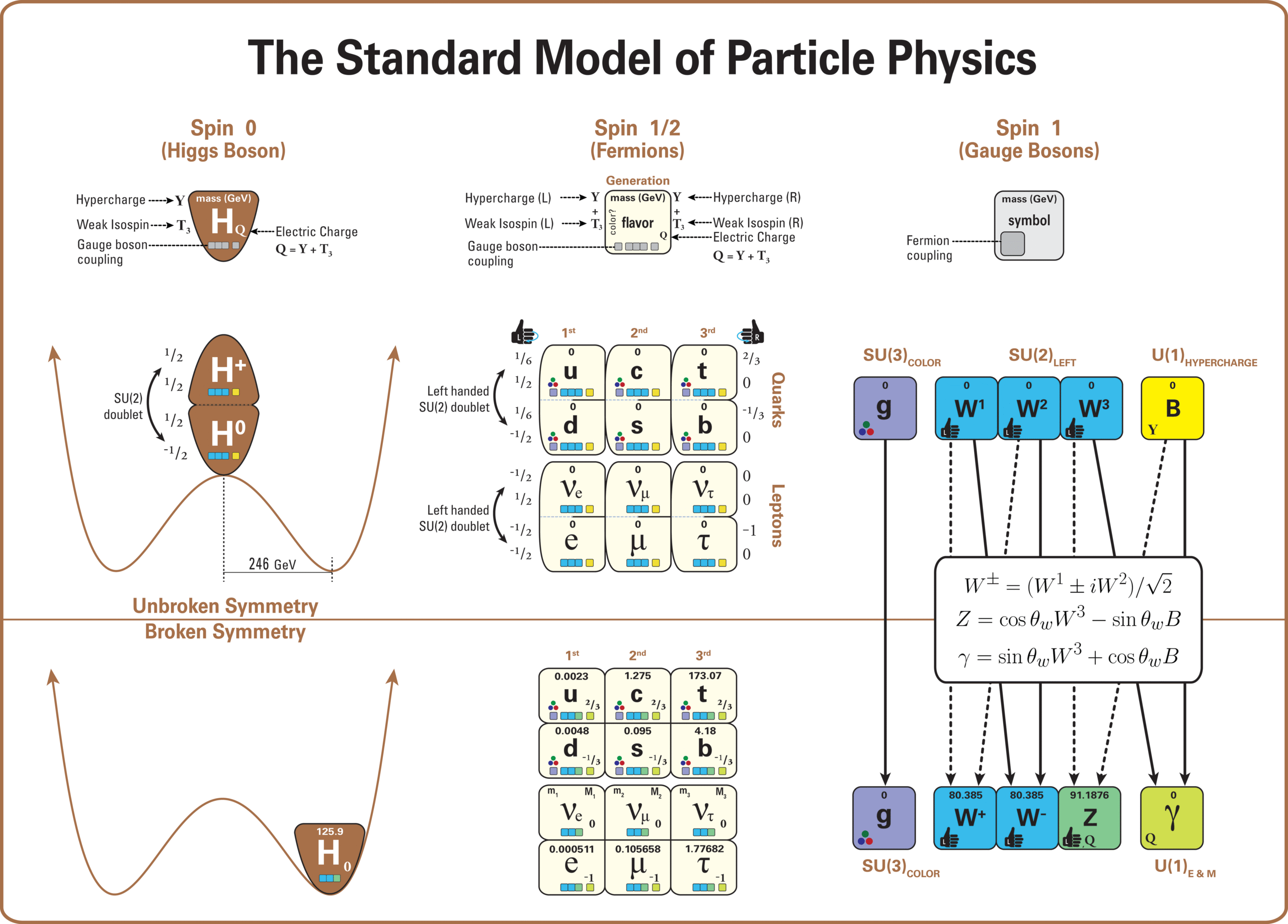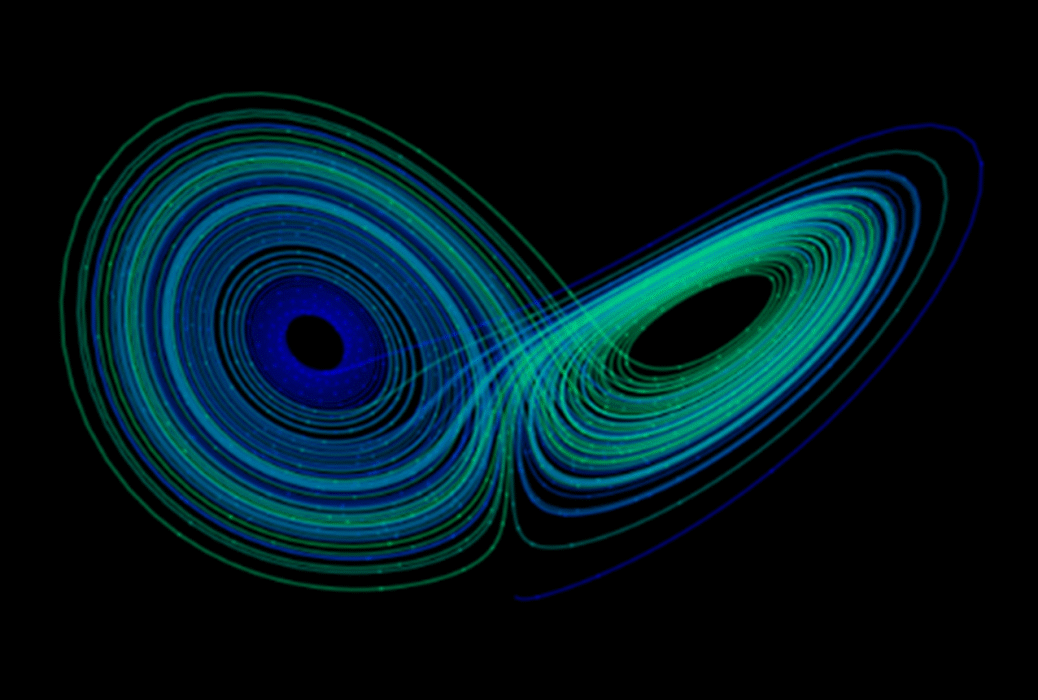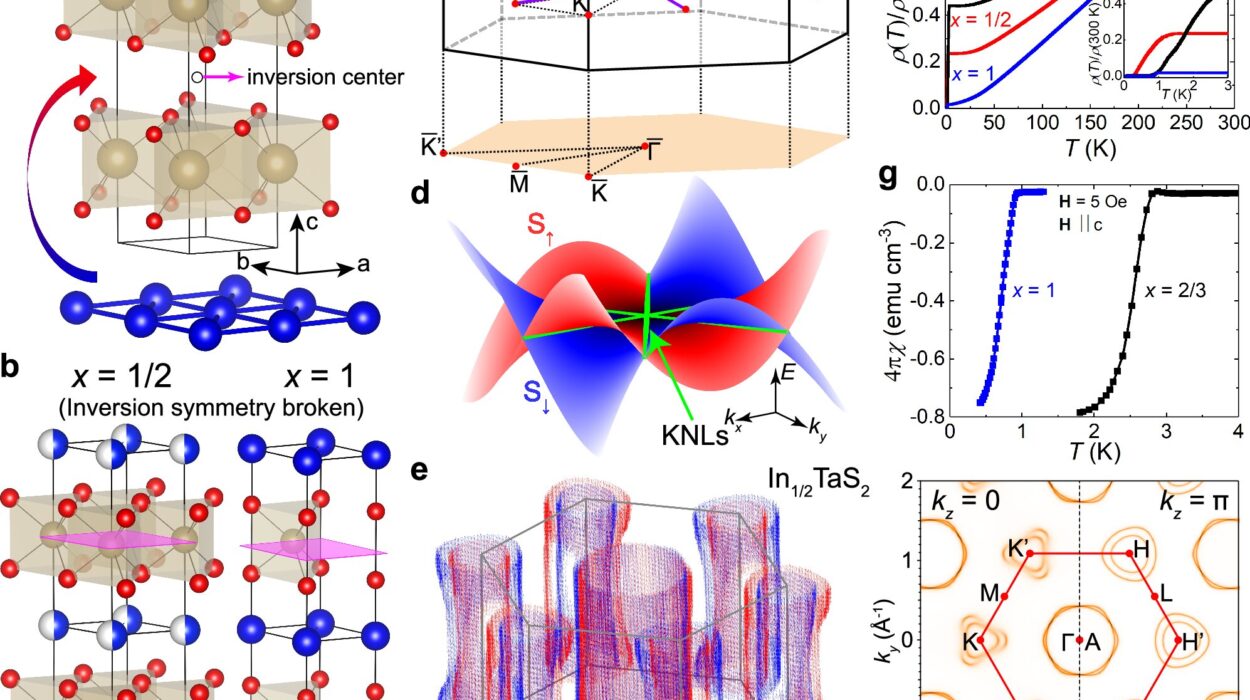From the dawn of human curiosity, we have sought to understand the fabric of the universe. What is everything made of? How do the tiniest particles behave, and what forces govern their interactions? Over centuries, this pursuit evolved from philosophical speculation to rigorous science, leading to remarkable breakthroughs that transformed how we see reality.
The culmination of this effort, as of modern physics, is encapsulated in what is called the Standard Model of Physics—our best, most precise description of the fundamental building blocks of matter and the forces acting upon them. But what exactly is this Standard Model? Why is it so important? And what does it tell us about the universe?
This article will take you on a deep dive into the Standard Model, exploring its components, its astonishing achievements, and the questions it leaves unanswered. Buckle up—this is a story of mystery, discovery, and the fundamental nature of existence.
From Atoms to Quarks: The Building Blocks of Matter
Before the Standard Model came into being, our understanding of matter underwent many revolutions. Ancient Greeks imagined matter as composed of indivisible units called “atoms,” a term meaning “uncuttable.” For centuries, atoms were thought to be the smallest units of matter. But as experimental techniques advanced, scientists found atoms themselves were composed of even smaller particles: electrons orbiting a nucleus made of protons and neutrons.
Yet, the story didn’t end there. Protons and neutrons, once considered fundamental, were found to be made up of even tinier particles called quarks. This discovery pushed the frontier of understanding deeper into the subatomic world, prompting a new classification system and the development of the Standard Model.
The Standard Model organizes these fundamental particles into families, describing their properties and interactions with stunning accuracy. It’s akin to a grand periodic table, but for the particles that constitute everything—from stars to human beings.
The Fundamental Particles: Quarks and Leptons
At the core of the Standard Model lie two main classes of particles: quarks and leptons. These are the “matter particles,” the ingredients that combine to form the world we observe.
Quarks come in six “flavors”: up, down, charm, strange, top, and bottom. Protons and neutrons, for example, are made primarily of up and down quarks. Quarks possess an unusual property called “color charge,” which is related to the strong force that binds them tightly together within particles.
Leptons also come in six flavors: the electron, muon, tau, and their corresponding neutrinos—elusive particles that barely interact with matter. Electrons are the most familiar of these, forming the shells around atomic nuclei. Neutrinos, on the other hand, are ghostly, capable of passing through entire planets with barely a whisper of interaction.
What’s fascinating is how these particles come in “generations” or families. The first generation—up and down quarks, electron, and electron neutrino—makes up ordinary matter. The second and third generations are heavier and less stable, typically created in high-energy environments like cosmic rays or particle accelerators.
The Forces That Shape Reality
Particles don’t exist in isolation—they interact through fundamental forces, which govern the behavior of matter and energy. The Standard Model describes three of these four known forces (the fourth being gravity, which remains outside the Standard Model’s scope).
The three forces encapsulated in the Standard Model are the strong force, electromagnetic force, and the weak force.
The strong force, as its name suggests, is the mightiest. It binds quarks together inside protons and neutrons and holds the atomic nucleus intact. This force operates over extremely short distances but is incredibly powerful, overcoming the repulsive electromagnetic force between positively charged protons.
The electromagnetic force governs the interactions between charged particles. It is responsible for electricity, magnetism, light, and basically all phenomena involving charged matter. This force extends infinitely but diminishes with distance.
The weak force, though less famous, is crucial for processes like radioactive decay and the fusion reactions powering the sun. It can change one type of quark into another and is responsible for certain types of particle transformations.
Each force is mediated by special particles called force carriers or bosons: gluons carry the strong force, photons carry the electromagnetic force, and W and Z bosons carry the weak force.
The Higgs Boson: The Particle That Gives Mass
One of the crowning achievements of the Standard Model is the explanation of how particles acquire mass, a mystery that puzzled physicists for decades. The answer came in the form of the Higgs field, an invisible field permeating the entire universe.
Particles gain mass by interacting with the Higgs field—those that interact strongly become heavier, while those that interact weakly remain light or even massless. This interaction is mediated by the Higgs boson, discovered only recently in 2012 at the Large Hadron Collider, confirming a fundamental prediction of the Standard Model.
The discovery of the Higgs boson was monumental. It confirmed the mechanism that explains why particles have mass at all, filling a crucial gap in the Standard Model and earning the 2013 Nobel Prize for physicists Peter Higgs and François Englert.
The Standard Model’s Astonishing Successes
The Standard Model is remarkable for its predictive power. It has survived decades of experimental scrutiny, passing every test with extraordinary precision. Predictions made by the model—whether of particle masses, lifetimes, or interaction strengths—match experimental data to an astonishing degree.
Particle accelerators like CERN’s Large Hadron Collider have confirmed the existence of particles predicted decades earlier, from the W and Z bosons to the top quark and the Higgs boson. The model explains the results of countless particle collision experiments and underlies technologies as diverse as MRI machines and the silicon chips in computers.
Its mathematical framework, built on quantum field theory and symmetry principles, provides a unifying language for describing the subatomic world, enabling physicists to probe the universe’s deepest secrets.
The Limits of the Standard Model: Mysteries Remain
Despite its successes, the Standard Model is incomplete. It doesn’t incorporate gravity, the force that governs the motion of planets, stars, and galaxies. Gravity is described separately by Einstein’s General Theory of Relativity, and unifying it with the quantum framework of the Standard Model remains one of the biggest challenges in physics.
Moreover, the Standard Model cannot explain dark matter—the mysterious substance making up about 27% of the universe’s mass-energy content—or dark energy, responsible for the universe’s accelerating expansion. It also leaves unanswered why there is more matter than antimatter in the universe, or what lies beyond the three generations of particles.
Physicists suspect that new physics lies beyond the Standard Model, possibly involving supersymmetry, extra dimensions, or entirely new forces and particles. The search for these unknowns drives experiments at the frontiers of energy and precision.
How the Standard Model Shapes Our Understanding of the Cosmos
The Standard Model isn’t just a catalog of particles—it’s a framework that shapes how we understand the cosmos from the tiniest scales to the largest. It informs astrophysics, cosmology, and particle physics, linking phenomena as diverse as the early universe’s evolution to the behavior of cosmic rays hitting Earth.
In the searing moments after the Big Bang, the fundamental particles and forces described by the Standard Model governed the universe’s primordial soup. Understanding these conditions helps scientists trace the origin of matter, the formation of elements, and the seeds of galaxies.
In particle accelerators, scientists recreate conditions similar to those fractions of a second after the Big Bang, probing the fabric of reality and testing the Standard Model’s limits. These experiments may reveal new particles or interactions, providing clues to the universe’s ultimate nature.
The Beauty of Symmetry and Mathematics
One of the most captivating aspects of the Standard Model is its foundation on symmetry. Symmetries in physics correspond to conservation laws and dictate the behavior of particles and forces. Gauge symmetries, in particular, shape the interactions between particles and determine the form of the fundamental forces.
The model’s mathematical elegance, weaving together group theory and quantum mechanics, has inspired generations of physicists. It suggests a deep underlying order, hinting at a cosmos where complexity arises from simple, harmonious principles.
Looking Forward: Beyond the Standard Model
The Standard Model, while profound, is a stepping stone to deeper truths. The quest for a Theory of Everything, uniting quantum mechanics and gravity, continues to captivate physicists. The discovery of neutrino masses, the mystery of dark matter, and the search for new particles like those predicted by supersymmetry all point to new physics beyond the current framework.
Experiments worldwide—from underground neutrino detectors to massive colliders—push the boundaries of knowledge. Theoretical advances in string theory, loop quantum gravity, and other approaches seek to reconcile the Standard Model with gravity and explain the universe’s full tapestry.
Conclusion: The Standard Model as a Monument to Human Curiosity
The Standard Model of Physics stands as one of humanity’s greatest intellectual achievements. It captures the essence of the universe’s fundamental particles and forces in a coherent, predictive framework, illuminating the workings of nature at its most elemental level.
Yet it also reminds us of the vast unknowns still ahead—a universe full of mysteries waiting to be unraveled. In exploring the Standard Model, we glimpse the unity and complexity of the cosmos, propelled by curiosity and the relentless drive to understand.
As physics advances, the Standard Model will remain a cornerstone, inspiring new generations to ask: What is the universe truly made of? And how deep does this cosmic story go?






